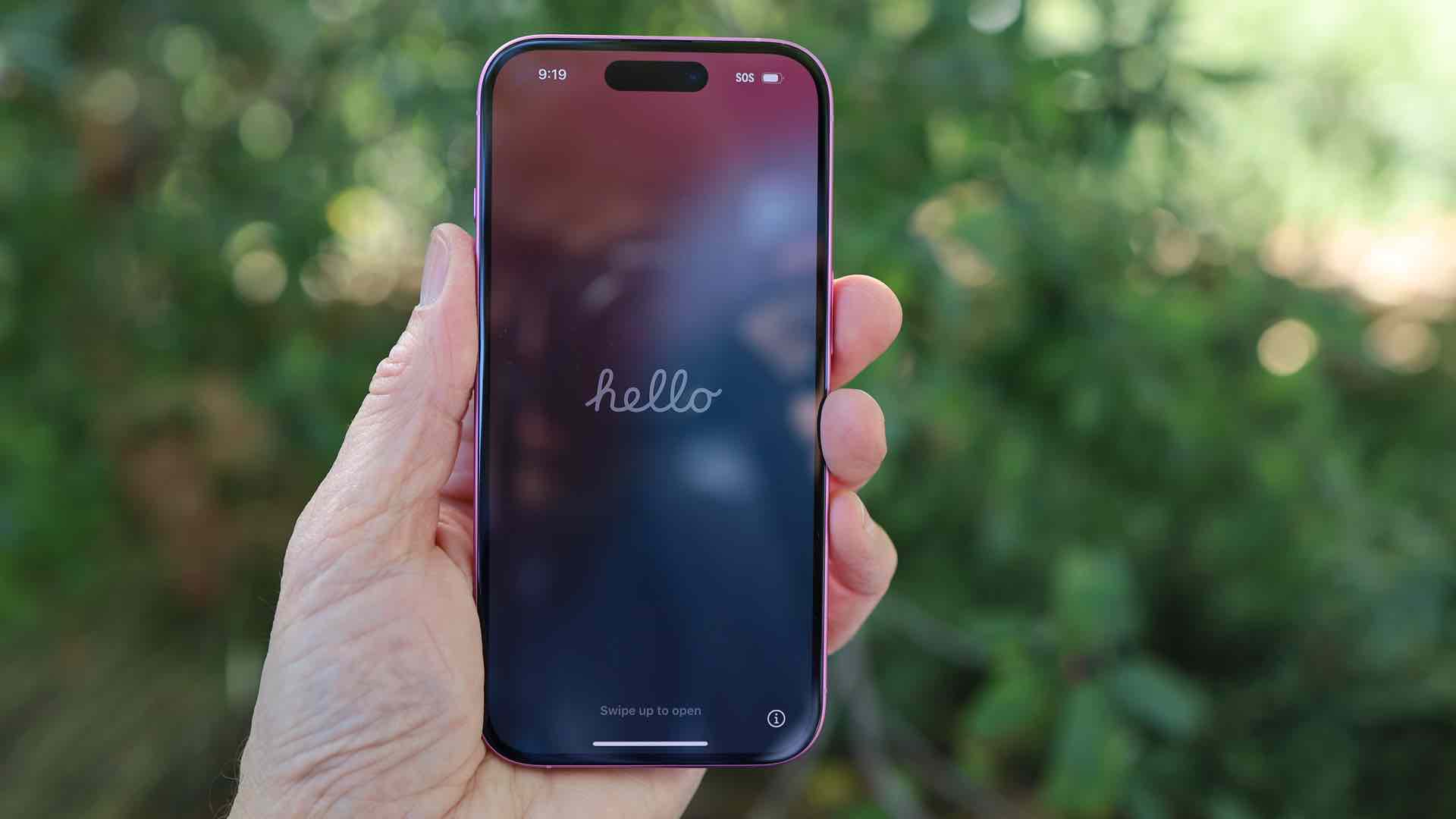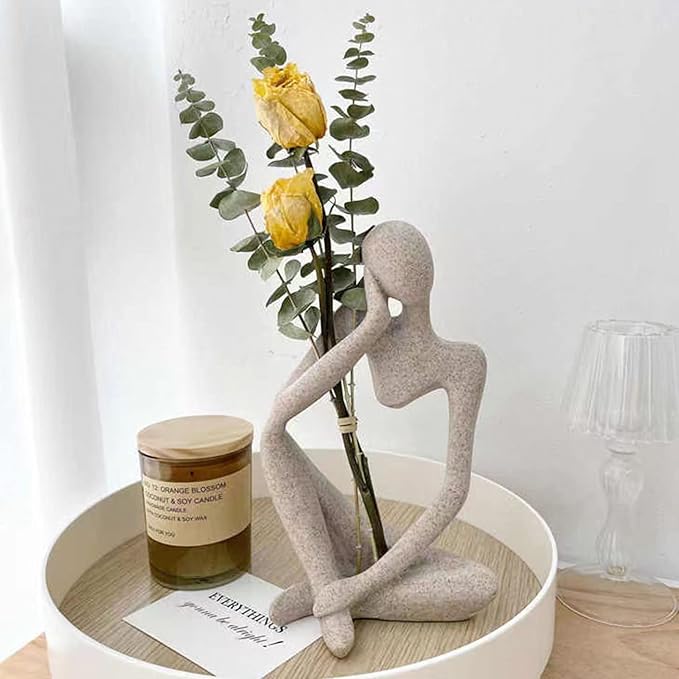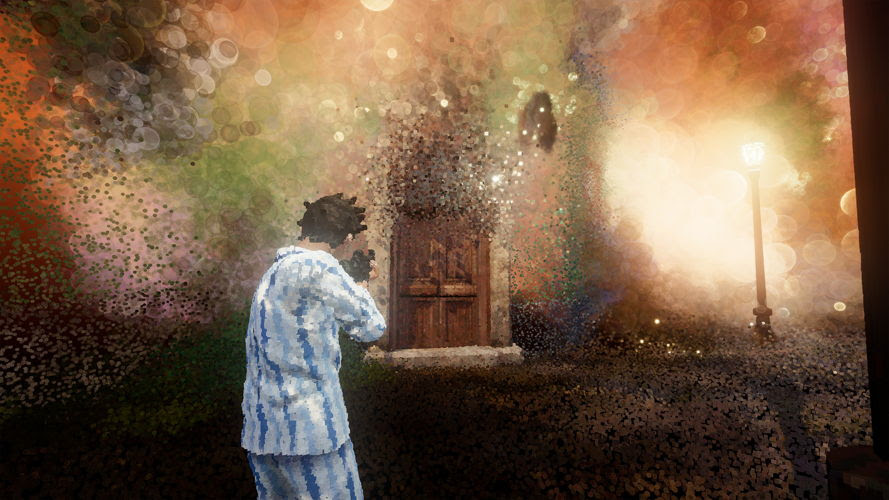www.yankodesign.com
As a design observer tracking the evolution of living spaces, Ive witnessed smart home technology transform from a luxury add-on to the very backbone of contemporary interior design. Todays sophisticated interiors demand an artful fusion of connectivity and aesthetics, where every smart device serves both form and function. The challenge lies not in merely incorporating technology, but in orchestrating an environment where it enhances rather than dominates the design narrative.The numbers tell a compelling story: the global smart home market is projected to reach $622.59 billion by 2026, reflecting our collective shift toward intelligent living spaces. This explosive growth has catalyzed a design revolution, pushing manufacturers and designers to reimagine everyday objects as sophisticated tech-integrated elements. The result? A new design language where thermostats become wall sculptures, speakers masquerade as decorative objects, and lighting systems transform into architectural features.Here are 10 sophisticated approaches to weaving smart technology into your interior design, ensuring your space remains both cutting-edge and aesthetically refined:1. Choose Sleek DesignsTodays home automation devices have evolved beyond mere functionality, embracing minimalist aesthetics that complement contemporary interiors. Leading manufacturers like Google, Apple, and Samsung now prioritize design-forward approaches, offering devices in carefully curated finishes from matte neutrals to brushed metallics. When selecting smart gadgets, consider pieces that feature clean lines, sophisticated silhouettes, and thoughtful details think of them as technological sculptures that enhance rather than disrupt your carefully curated space.The evolution of smart home aesthetics reflects a broader shift in consumer preferences toward minimalist design. Manufacturers now prioritize form alongside function, creating devices that complement rather than compete with existing dcor. This trend is particularly evident in premium smart home brands, where devices often feature interchangeable covers, customizable displays, and architectural finishes that align with contemporary design principles.The VISIO Wi-Fi camera exemplifies this approach with its distinctive eye-shaped design that emphasizes transparency. Unlike conventional security cameras, it physically disconnects from its base when inactive, providing clear visual confirmation of its status.2. Incorporate Built-in TechnologyThe future of smart home integration lies in invisibility through thoughtful architecture. Forward-thinking designers are reimagining traditional elements from kitchen cabinetry to bathroom mirrors as sophisticated tech hubs with built-in charging ports, hidden speakers, and concealed wiring channels. This architectural approach to technology integration allows smart thermostats, doorbells, and control panels to disappear into walls and surfaces, maintaining clean sight lines while delivering seamless functionality throughout the space.The concept of integrated technology extends beyond simple device placement. Modern construction increasingly includes dedicated smart home infrastructure during the building phase. This includes pre-wired networks, hidden equipment rooms, and modular wall systems designed specifically for future technology upgrades. Such forward-thinking design ensures homes remain adaptable to technological advances while maintaining their aesthetic integrity.The Equinox smart grow light demonstrates effective built-in technology, mimicking natural sunlight patterns. Its adjustable LEDs simulate sunrise and sunset, controlled via smartphone app or manual dials, adapting to specific plant needs through customizable brightness and color temperature settings.3. Coordinate ColorsThe art of integrating smart devices into your color palette requires a sophisticated understanding of finish psychology. While matte blacks disappear into shadowed corners and glossy whites pop against darker walls, the true masters of smart home design are exploring beyond this binary. Todays premium devices offer finishes ranging from champagne gold to graphite gray, with some manufacturers even introducing texture-rich surfaces that catch light differently throughout the day, ensuring harmony with both modern minimalist and richly layered interiors.The psychology of color matching in smart home design has become increasingly sophisticated. Manufacturers now offer seasonal collections and limited-edition finishes that align with interior design trends. Some devices even feature adaptive surfaces that can change color temperature or finish based on ambient lighting conditions, ensuring they remain visually harmonious throughout the day.The Village projector exemplifies thoughtful color integration, designed specifically for single-person households. Its neutral finish and portable design allow it to blend seamlessly while projecting onto various surfaces. The device includes sensors, cameras and high-end optics for displaying weather updates, news and instructional content.4. Select Compatible MaterialsMaterial selection in smart home design has evolved into a nuanced art form, where the tactile qualities of devices must resonate with their surroundings. Premium manufacturers now offer devices in materials that echo architectural finishes brushed aluminum harmonizes with modern kitchen appliances, while bronze-tinted glass complements traditional millwork. The most successful integrations consider not just color but texture, reflectivity, and material aging patterns, ensuring smart devices mature gracefully alongside their surrounding finishes.Recent innovations in material science have revolutionized smart device design. Manufacturers are experimenting with bio-based polymers, recycled metals, and sustainable composites that offer both aesthetic appeal and environmental benefits. These materials often feature self-cleaning properties, fingerprint-resistant coatings, and UV protection, ensuring devices maintain their appearance while reducing maintenance needs.The Klima smart air conditioning controller demonstrates effective material integration. Its sleek design attaches to walls, connecting with existing AC units via infrared technology. The devices finish options allow it to complement various interior styles while providing energy-saving features.5. Integrate Smart Art and DecorThe convergence of digital displays and decorative art has revolutionized how we think about wall spaces. Smart galleries and interactive mirrors have transcended their technological origins to become dynamic design elements, seamlessly shifting between cherished family photos, curated art collections, and functional interfaces. Leading brands like Samsungs Frame and Netgears Meural have mastered the art of disguise, creating displays that disappear into carefully considered gallery walls when not in use, effectively blurring the line between technology and traditional dcor.The convergence of art and technology has given rise to a new category of interactive home dcor. Smart galleries now offer curated collections that can change based on time of day, mood, or social occasions. Advanced AI algorithms can even generate custom artwork that complements existing room colors and patterns, creating dynamic spaces that evolve with residents preferences.The Govee RGBIC Neon Rope Light 2 exemplifies smart dcor integration, featuring 420 LEDs across 42 zones. Available in black and white, its bendable design allows for creative installation. The system offers 12 music modes and 64 scene modes, controlled through a mobile app.6. Layer Smart LightingThe orchestration of smart lighting represents perhaps the most sophisticated intersection of technology and interior design. Modern systems transcend the traditional lighting trifecta ambient, task, and accent by introducing programmable scenes that adapt to daily rhythms and activities. Premium solutions from brands like Lutron and Ketra now offer tunable white light that mirrors natural daylight patterns, while architectural LED strips and smart pendants can transform from functional task lighting to dramatic art pieces with a single voice command.The science of smart lighting has expanded beyond basic illumination to include circadian rhythm support and wellness features. Advanced systems now incorporate bio-adaptive lighting that adjusts color temperature and intensity throughout the day to support natural sleep-wake cycles. These systems can also integrate with other smart home features to create comprehensive atmospheric experiences for different activities and moods.Aqaras Matter-enabled Ceiling Light T1M demonstrates this layered approach. Its outer notification ring serves as accent lighting, while the central disc provides ambient illumination with 16 million color options. The design integrates smart features without compromising visual appeal.7. Conceal TechnologyThe art of concealment has become a cornerstone of sophisticated smart home design, where the goal is to create spaces that feel distinctly human rather than overtly technological. Leading interior designers are developing innovative solutions from custom millwork with ventilated mesh panels to motorized art pieces that glide aside to reveal displays. The key lies in strategic placement: smart hubs disappear into dedicated tech closets, speakers integrate behind acoustic fabric walls, and control panels retreat behind sliding panels, emerging only when needed.The art of concealment has evolved to include innovative solutions like smart wallpaper with embedded sensors, architectural panels with integrated displays, and furniture with built-in charging capabilities. Designers are also developing invisible technology zones where devices appear only when needed, using motorized mechanisms and transparent OLED displays that become opaque on demand.The Majung sliding display illustrates creative concealment. This doorway-mounted screen remains subtle when retracted, showing only basic information. When extended, it reveals full smart home controls while doubling as a privacy screen.8. Choose Functional DecorThe evolution of smart home aesthetics has given rise to a new category of objects that defy traditional categorization devices that are equal parts functional technology and sculptural design elements. Consider Bang & Olufsens artisanal speakers that double as modernist sculptures, or Philips Hues illuminated mirrors that seamlessly integrate ambient lighting with smart controls. These dual-purpose pieces represent a sophisticated approach to technology integration, where every smart device earns its visual real estate through both functionality and aesthetic contribution.The trend toward multifunctional smart dcor reflects a broader movement in interior design that emphasizes space efficiency and purposeful aesthetics. Manufacturers are developing modular systems that can adapt to different needs throughout the day, such as mirrors that transform into information displays or decorative panels that unfold into workstations. This versatility allows homeowners to maintain minimal aesthetics while maximizing functionality.The Enabot ROLA PetPal shows how functional devices can complement dcor. This modular robot features a 5MP camera and treat dispenser while maintaining an appealing design that fits modern interiors.9. Plan for FlexibilityFuture-proofing smart home design requires a sophisticated understanding of both current technology and emerging trends. Forward-thinking spaces now incorporate modular infrastructure think easily accessible cable raceways concealed behind magnetic panels, strategically placed power ports disguised within millwork, and dedicated tech closets with upgradeable rack systems. This architectural approach to flexibility allows spaces to evolve alongside technology while maintaining their aesthetic integrity, ensuring todays cutting-edge design remains relevant through tomorrows innovations.The concept of future-proofing smart home design has become central to modern interior planning. Architects and designers now incorporate dedicated tech zones, accessible wire chases, and modular wall systems that can accommodate evolving technology without requiring major renovations. This approach includes consideration for power distribution, wireless signal optimization, and heat management, ensuring both current and future devices perform optimally.The Yale Approach Wi-Fi lock demonstrates flexible design integration. This retrofit system installs over existing deadbolts in about 10 minutes, offering smart features without requiring extensive modifications.10. Incorporate Smart GardeningThe integration of biophilic design with smart technology represents the next frontier in sophisticated interior spaces. These intelligent growing solutions feature AI-driven climate control, automated nutrient delivery, and app-controlled lighting that transforms ordinary planters into living art installations, effectively bridging the gap between nature and technology while satisfying our innate need for organic elements in modern interiors.The integration of biophilic design with smart technology represents a growing trend in interior spaces. Advanced plant care systems now incorporate AI-driven climate control, automated nutrient delivery, and even communication capabilities that alert owners to plant health issues. These systems can be programmed to create living walls, vertical gardens, and other green features that serve both aesthetic and practical purposes in the smart home environment.The Ecobloom smart planter illustrates this combination, featuring soil sensors, automated watering and grow lights within an elegant three-ring design. Its modern aesthetic complements contemporary interiors while providing practical plant care.When planning home automation, consider consulting an interior designer for strategic guidance. Professional expertise ensures that smart systems integrate seamlessly with dcor while maintaining aesthetic appeal.The future of smart home integration in interior design points toward even more seamless solutions. Emerging technologies like transparent electronics, quantum dot displays, and adaptive materials promise to further blur the line between technology and dcor. As these innovations develop, the role of interior designers will increasingly include expertise in both traditional design principles and technological integration.The post 10 Smart Home Technologies to Transform Your Interior for a Balanced Living Space first appeared on Yanko Design.












